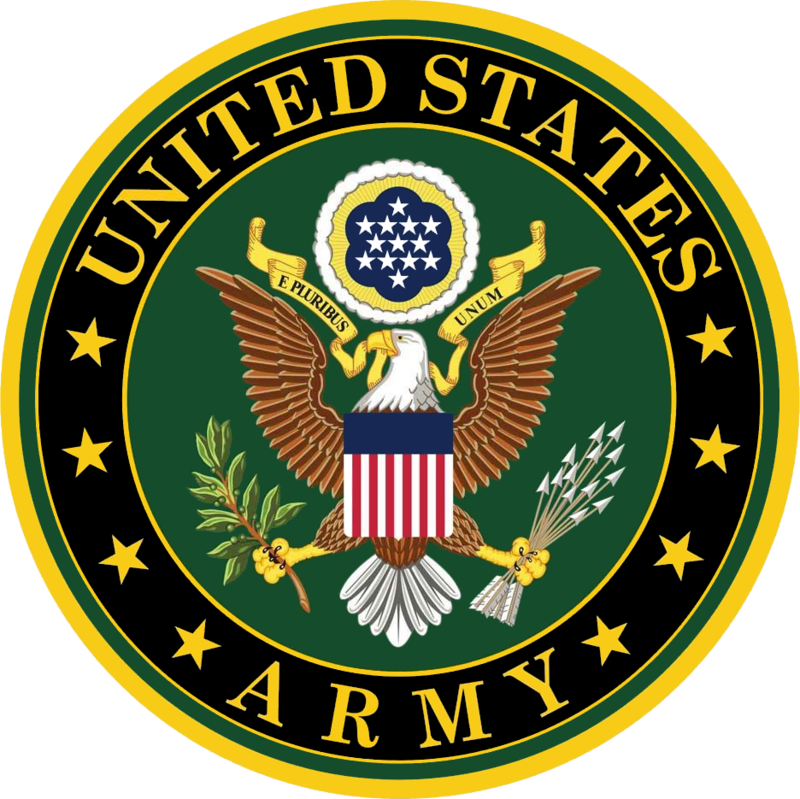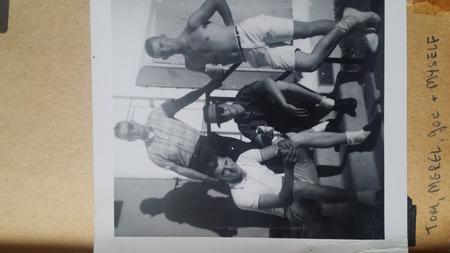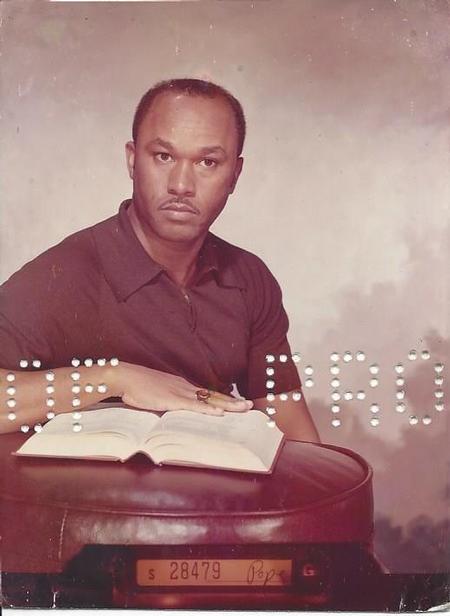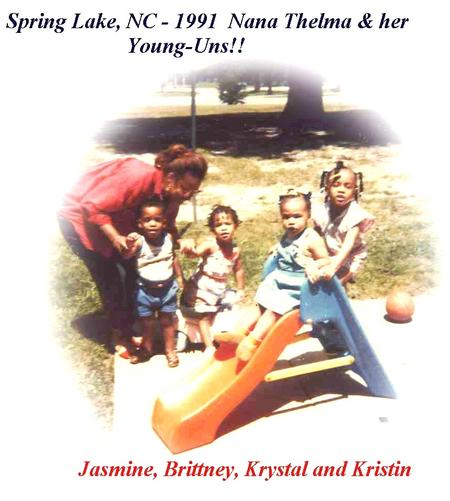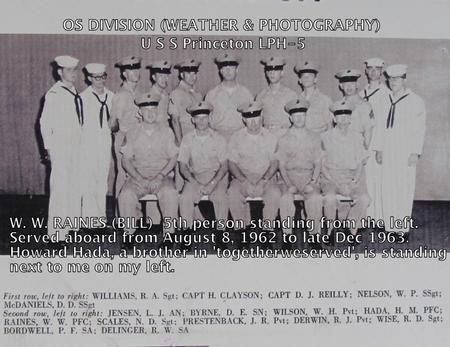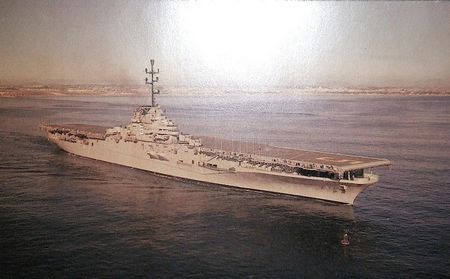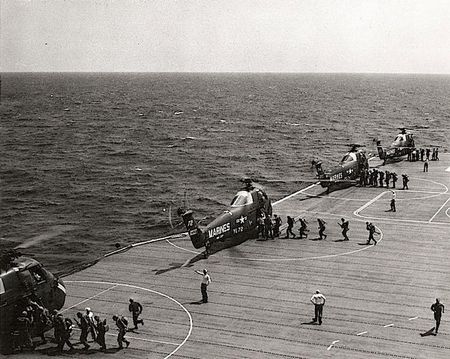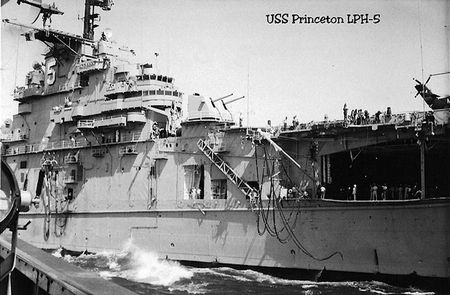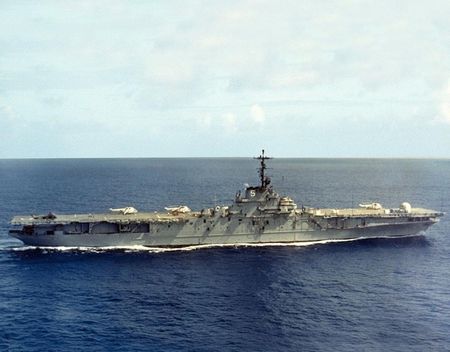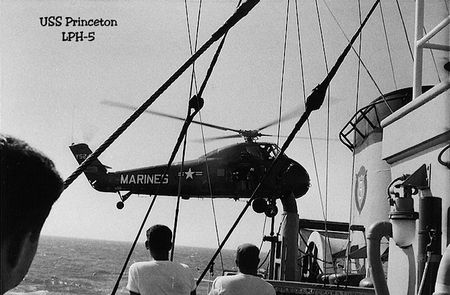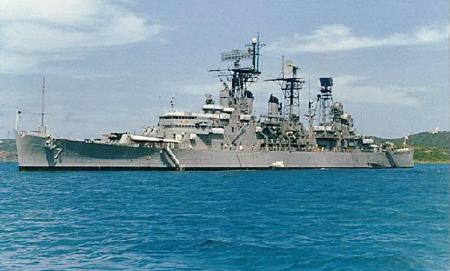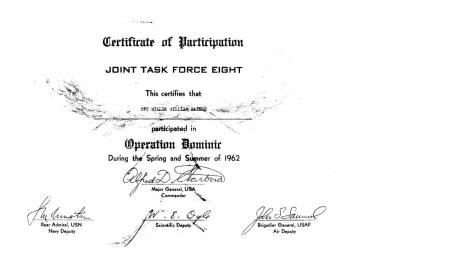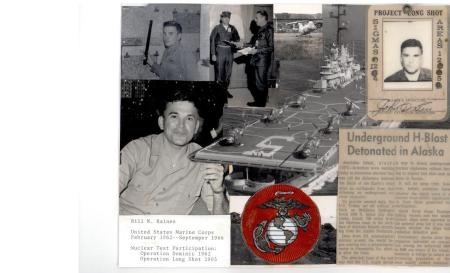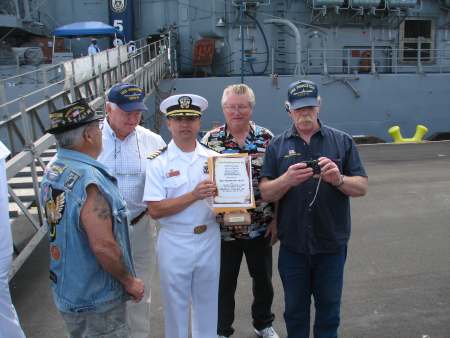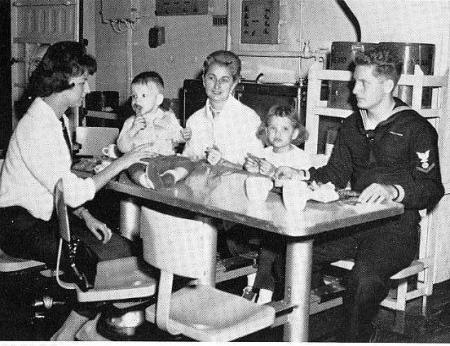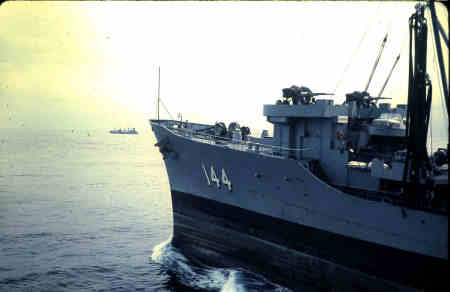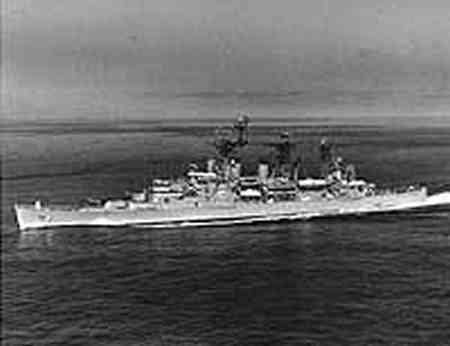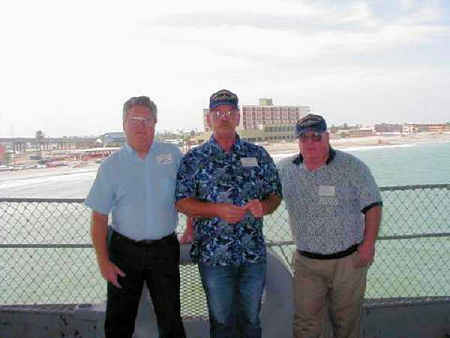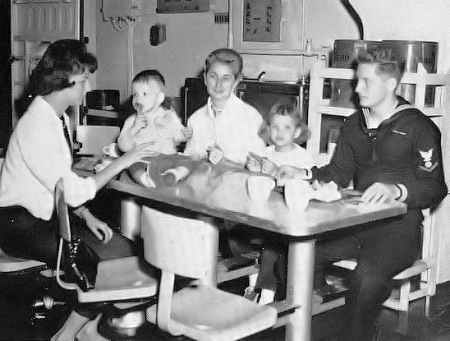ABOUT Print Dissemination Battalion
- Origins in World War II: The Print Dissemination Battalion traces its roots back to World War II, when specialized military units were tasked with producing and distributing printed propaganda leaflets to enemy lines.
- Psychological Operations: The unit played a critical role in psychological operations (PSYOP), using printed materials to influence enemy morale and encourage surrender.
- Mobile Print Capabilities: Early Print Dissemination Battalions operated mobile printing presses, allowing them to quickly produce newspapers, manuals, and leaflets close to the front lines.
- Leaflet Bombs: During major conflicts, the battalion worked with air units to drop millions of leaflets over enemy territory using leaflet bombs, which would burst in mid-air and scatter messages over wide areas.
- Cold War Missions: In the Cold War era, the unit was instrumental in broadcasting Western ideals behind the Iron Curtain through clandestine print materials.
- Support to Troops: The battalion not only targeted enemy forces but also produced morale-boosting newspapers and newsletters for allied troops, keeping them informed and connected.
- Multilingual Operations: Print Dissemination Battalions often included linguists and cultural experts to ensure messages were accurately translated and culturally appropriate.
- Technological Evolution: Over time, the unit transitioned from traditional printing presses to digital publishing, enabling faster and more flexible dissemination of information.
- Humanitarian Efforts: The battalion has supported relief missions by producing public health information, safety instructions, and evacuation maps for civilian populations in crisis zones.
- Legacy and Honors: Members of the Print Dissemination Battalion have been recognized for their ingenuity and bravery, sometimes operating behind enemy lines to distribute critical information.

